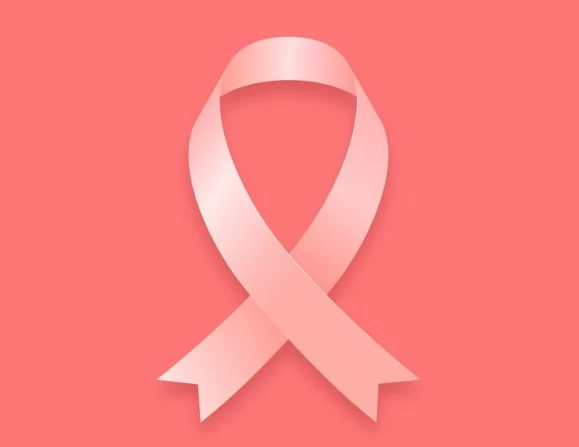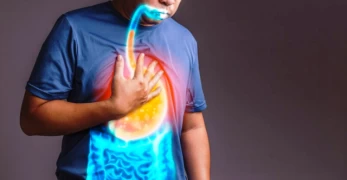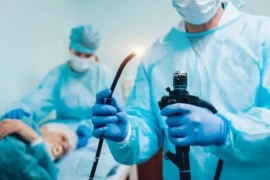
Breast Cancer: Symptoms and Treatment Methods
- Breast Cancer: Symptoms and Treatment Methods
- What is Breast Cancer?
- Symptoms
- Diagnostic Methods
- Treatment Methods
- Conclusion
Breast cancer is one of the most common types of cancer among women worldwide, and although rare, it can also occur in men. With early diagnosis and appropriate treatment methods, breast cancer can be highly treatable. This article will provide a detailed overview of the symptoms, diagnostic methods, and treatment options for breast cancer.
What is Breast Cancer?
Breast cancer is a type of cancer that arises from the uncontrolled growth and multiplication of cells in breast tissue. It usually begins in the milk ducts (ductal carcinoma) or the milk-producing lobules (lobular carcinoma), but it can also develop in other areas of the breast tissue.
Symptoms
The symptoms of breast cancer can vary depending on the size of the tumor, its spread, and the general health condition of the patient. Here are some common symptoms to watch out for:
- Lump in the Breast or Armpit: A hard lump, usually painless, is the most common symptom of breast cancer.
- Change in Breast Shape or Size: Noticeable abnormal changes in the breast or nipple.
- Skin Changes: Redness, thickening, or a texture resembling an orange peel on the breast skin.
- Nipple Changes: Inward turning of the nipple, sensitivity, or discharge (bloody or clear).
- Pain: Persistent pain in the breast or nipple.

Diagnostic Methods
The diagnosis of breast cancer is made through clinical evaluation, imaging methods, and biopsy. Here are the commonly used diagnostic methods:
- Clinical Breast Examination: The doctor checks for lumps or abnormalities in the breast and armpit.
- Mammography: X-ray imaging of the breast tissue, highly effective in detecting early-stage breast cancers.
- Ultrasound: Examination of breast tissue using ultrasound waves, useful in distinguishing between cysts and solid masses.
- Magnetic Resonance Imaging (MRI): Provides detailed examination of breast tissue, used for high-risk patients.
- Biopsy: Taking a sample of the suspicious tissue for microscopic examination, essential for the definitive diagnosis of breast cancer.
Treatment Methods
The treatment of breast cancer varies depending on the stage of the cancer, its type, and the general health condition of the patient. Here are the common treatment options:
- Surgical Intervention:
- Lumpectomy: Removal of the cancerous tissue along with a margin of healthy tissue.
- Mastectomy: Removal of the entire breast tissue. Radical mastectomy involves removing the breast along with some lymph nodes in the armpit and part of the chest muscles.
- Sentinel Lymph Node Biopsy: Removal of the first lymph node to check if the cancer has spread.
- Radiotherapy:
- External Radiotherapy: Treatment of the cancerous area using high-energy rays from outside the body.
- Internal Radiotherapy (Brachytherapy): Placement of radioactive material directly in the tumor area.
- Chemotherapy:
- Neoadjuvant Chemotherapy: Administered before surgery to shrink the tumor.
- Adjuvant Chemotherapy: Administered after surgery to eliminate remaining cancer cells.
- Hormone Therapy:
- Tamoxifen: Prevents estrogen from binding to cancer cells.
- Aromatase Inhibitors: Reduces estrogen production, particularly effective in postmenopausal women.
- Targeted Therapies:
- Trastuzumab (Herceptin): Effective against HER2-positive breast cancer cells.
- PARP Inhibitors: Used in breast cancer patients with BRCA mutations.
- Immunotherapy:
- Strengthens the immune system to target cancer cells, showing promising results in advanced-stage breast cancers.
Conclusion
Breast cancer is a treatable disease with early diagnosis and appropriate treatment methods. Regular screening tests, self-examination of the breasts, and awareness of symptoms are critical for early diagnosis. Breast cancer treatment is personalized, taking into account the patient's overall health, the stage and type of cancer. From surgical interventions to chemotherapy, radiotherapy to hormone therapy, there are various treatment options available, aiming to improve the patient's quality of life. Health professionals and patients can collaborate in the fight against breast cancer to overcome this disease.

Dr. Sedat Ocak
General Surgery Specialist





